Bridgerton, the most successful series to be produced by Netflix to date, has surpassed other period dramas in colour, drama and romance. The locations are exaggeratedly beautiful, the relationships are beguiling and the costumes dazzle with vivid tones and rich textures. London is the setting for many scenes and you yearn to visit each location, but do not watch Bridgerton for historical accuracy! That doesn’t mean that you shouldn’t see it. The series is a wonderful showcase for England’s fabulous historic heritage. The casting is brilliant, the chemistry between the leading actors, the Duke of Hastings and Daphne Bridgerton, being totally convincing.
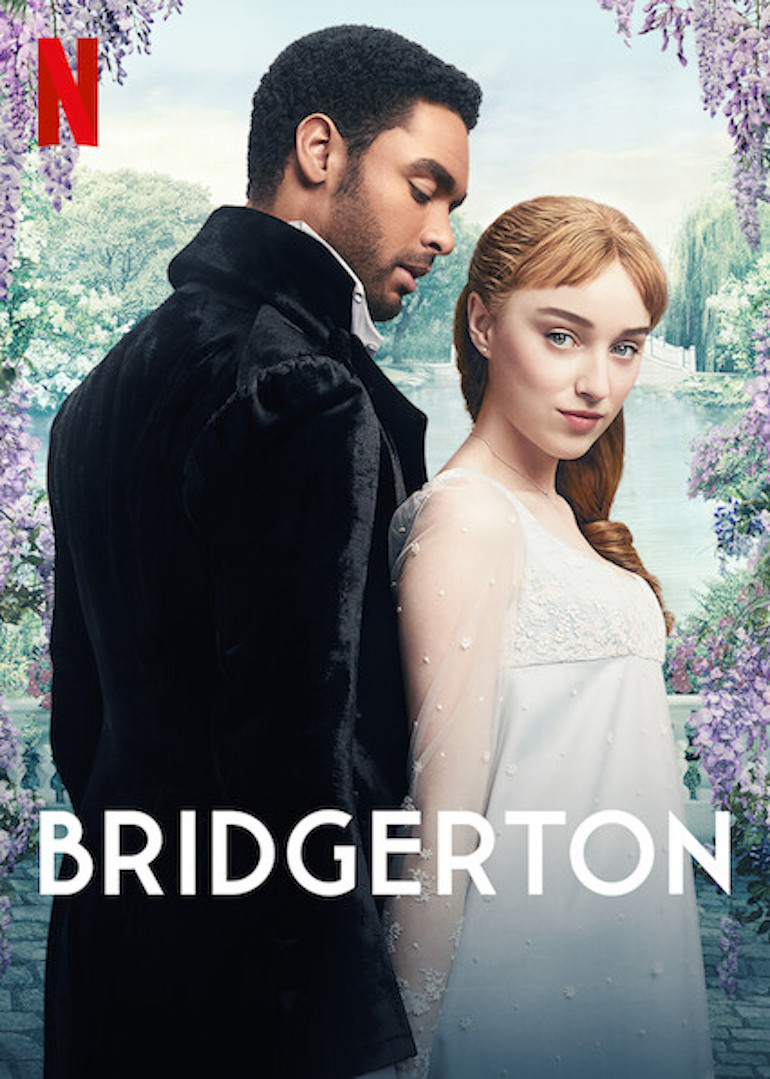 Poster for Bridgerton, a period drama series from Netflix. Photo credit: © Netflix.
Poster for Bridgerton, a period drama series from Netflix. Photo credit: © Netflix.
The opening scene was shot at The Ranger’s House in Greenwich as the exterior of the Bridgerton home. This elegant Georgian house is the perfect choice for this quintessentially English aristocratic family. Built 300 years ago, it would have had fabulous views down to the Thames and has been home to politicians, aristocracy and military heroes. It is now the home of the Wernher Collection of paintings, jewellery, ceramics and sculptures, which are definitely worth a visit. The Ranger’s House is owned by English Heritage and is normally open to the public throughout the year.
Greenwich is also the setting for the exterior of Somerset House where the ‘Ton’, the aristocratic in-crowd, attend an exhibition of art. The site lends itself to filming with the exquisite, curved staircase up to the entrance of the Queen’s House and the large spacious area around it. The cobbled street where The Duke defends Daphne’s honour in a fight with the odious Lord Burbrook actually runs beneath Queen’s House in Greenwich. Architecturally one of the most important houses in the country, it was the first Palladian neo-classical structure in England and set the standard for what was to become almost the national style in later centuries. The Queen’s House is normally open year-round for visiting.
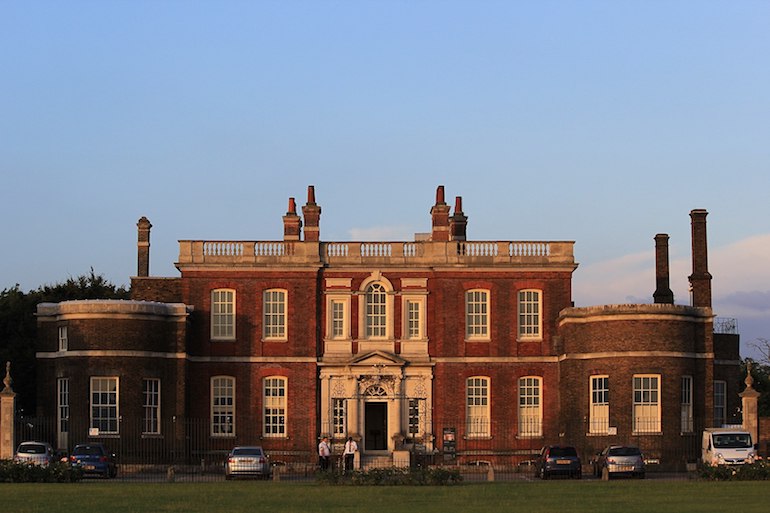 The Ranger’s House in Greenwich, one of the London locations for Netflix’s Bridgerton TV series. Photo Credit: © Katie Chan via Wikimedia Commons.
The Ranger’s House in Greenwich, one of the London locations for Netflix’s Bridgerton TV series. Photo Credit: © Katie Chan via Wikimedia Commons.
In the centre of London, Lancaster House features as the interior of the Queen’s residence. Queen Charlotte herself would have lived close by in Buckingham House, although the interiors would have looked very different to those of Lancaster House at the time. These interiors were created after Charlotte’s death. Does it matter? No. The setting is perfect for the private visit of Lady Bridgerton to the Queen and for the royal meeting with the young couple, desperate to marry as soon as they can. Lancaster House in the 1830s was one of the most sumptuous homes in London belonging to the Duke of Sutherland. Queen Victoria is quoted as comparing it with her new home Buckingham Palace by saying, ‘I have come from my house to your palace’. Now the property of the government, many international conferences and receptions are held there along with important meetings with foreign dignitaries and heads of state. Lancaster House is normally only open for viewing at Open House Weekend in September.
Syon House to the west of Central London is used as more than one location in Series One. Syon’s elegant Long Gallery and Dining Room both feature as the interior of Queen Charlotte’s residence. The fight between the queen and the raging King George is memorable. Did it happen in real life? Perhaps. Queen Charlotte was very uncomfortable with her husband’s illness and he was periodically unable to control his emotions, leading to him being put in a straitjacket at times.
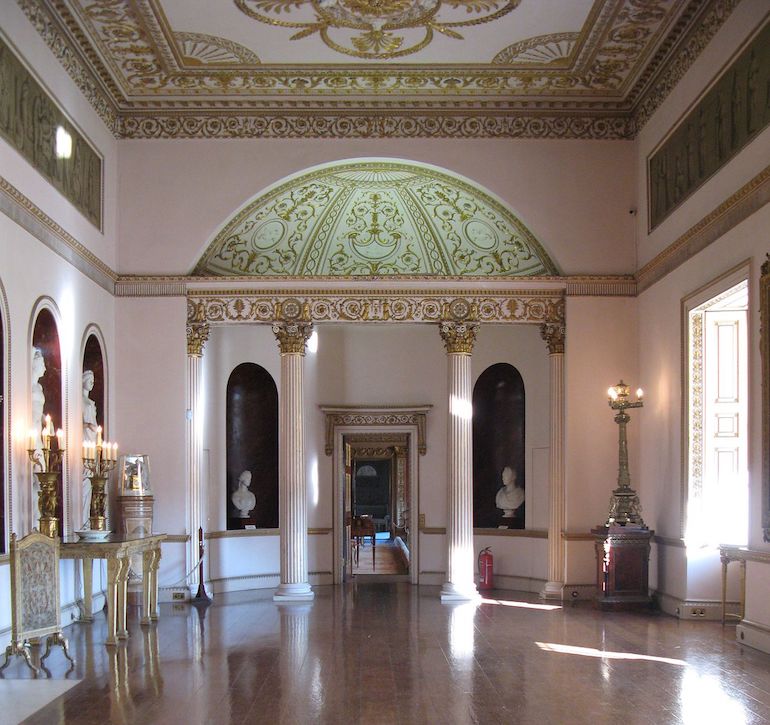 Interior of Syon House, one of the London locations for Netflix’s Bridgerton TV series. Photo Credit: © Charlotte Gilhooly via Wikimedia Commons.
Interior of Syon House, one of the London locations for Netflix’s Bridgerton TV series. Photo Credit: © Charlotte Gilhooly via Wikimedia Commons.
Syon’s beautiful entrance hall also features as the hall of the Duke of Hastings’s London mansion. Redesigned by Robert Adam in the 1760s, it was the height of taste at the time, showing off the sophistication and wealth of a family able to travel to Greece and Rome and of their appreciation of the arts and learning. Copies of some of the most famous works of the ancient world adorn this perfectly proportioned interior. Syon House is normally open in the summer for three days a week, although the gardens are open all week and quite beautiful.
Not far from Syon is the magnificent Hampton Court Palace, home to King Henry VIII and the birthplace of his only son. It stands in for the exterior of St James’s Palace, the court of King George III and Queen Charlotte. Built in the same era as St James’s Palace, Hampton Court is a natural choice for this scene and the large courtyards make for easy filming. Hampton Court Palace is normally open for viewing daily. Allow plenty of time as the palace is quite extensive and you can see not only the Tudor apartments of Henry VIII but also the baroque side of the palace built 200 years later.
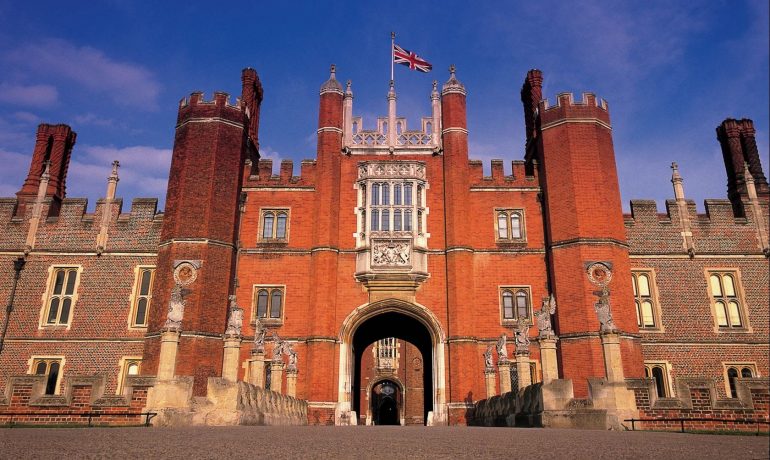 Hampton Court Palace, one of the London locations For Netflix’s Bridgerton TV series. Photo Credit: ©Historic Royal Palaces.
Hampton Court Palace, one of the London locations For Netflix’s Bridgerton TV series. Photo Credit: ©Historic Royal Palaces.
Hatfield House to the north of London is another aristocratic country house with the Wow! factor. The Great Hall with black and white flooring, wood-panelled walls and dynastic portraits is the location for the Trowbridge Ball. Hatfield House Library is the setting for a fight between the Duke of Hastings and Daphne’s brother Anthony at one of the rooms in their club. One of the most magnificent Jacobean homes in England, Hatfield House is worth the journey out of London, which will take about one hour. Its royal connections ensured that it was built on a magnificent scale. William Cecil, the father of Robert Cecil who built the house, was Elizabeth I’s closest advisor, and Elizabeth herself was brought up in the Old Palace at Hatfield, part of which still exists. Hatfield House is normally open daily.
Other London spots that make a brief appearance are the Hackney Empire as the Opera House where the ‘Ton’ mingle, and the Reform Club on Pall Mall, a gentlemen’s club founded in 1836. This is a little after the period depicted but it fits perfectly for the scene.
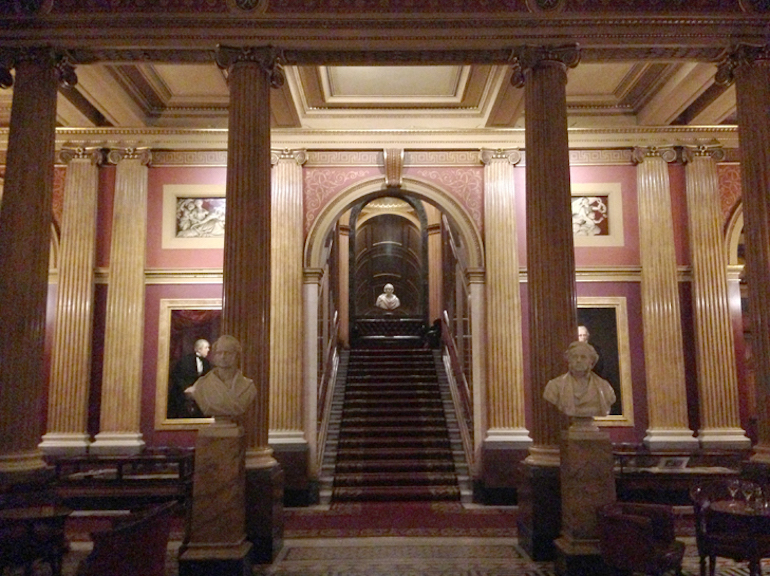 The lobby of the Reform Club, a private members club in London featured in Bridergton. Photo Credit: © Alexander Williams via Wikimedia Commons.
The lobby of the Reform Club, a private members club in London featured in Bridergton. Photo Credit: © Alexander Williams via Wikimedia Commons.
Although barely recognisable, the delightful Normansfield Old Theatre in Teddington is the setting for a boxing match attended by Daphne and another suitor, Prince Frederick. Just around the corner from here, St Mary’s Church, Twickenham, is the scene of The Duke and Daphne’s wedding. This is a fitting setting as this area near the Thames was the most sought-after 18th-century location for out-of-town villas for the wealthy and has at least ten notable residences of nobility or royalty nearby.
Going further afield, the steamy wedding night scenes were set in a ‘coaching inn’ a little farther out of London, close to Windsor. Dorney Court is a stunning Tudor mansion and a genuine wedding venue. It is incredibly romantic, although it does not offer overnight accommodation.
For other scenes, we would need to head away from the capital. The streets of London are generally depicted by Bath, which is synonymous with this famous period of debutante balls. Among many other locations, Wilton House near Salisbury and Castle Howard in Yorkshire both feature heavily, as does RAF Halton as the interior of the Bridgerton home.
If you would like to get to know some of these locations, taking along a Blue Badge Tourist Guide can make a huge difference to your experience. Our guides know the best way to see these sights and, at the same time, offer insights into the history and enlighten visitors with tales of royalty, nobility, scandal and intrigue.



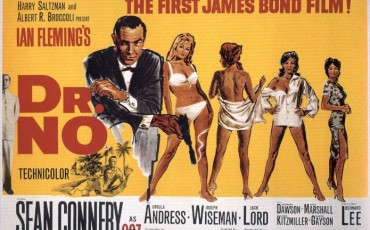
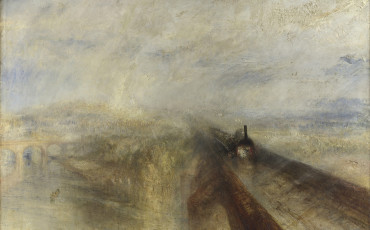


Leave a Reply